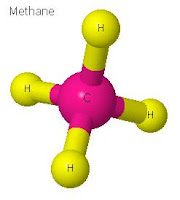Ch1 - Chemical Reactions & Equations
MCQs, Q & A, NCERT Solutions
Q1: A chemical reaction involves in
a. Only breaking of bonds
b. Only formation of bonds
c. Both breaking and formation of bonds
d. None of these
Answer: (c) Both breaking and formation of bonds
Q2: A balanced chemical equation always obeys
a. Law of conservation of mass
b. Law of thermal equilibrium
c. Law of conservation of energy
d. All of the above
Answer: (a) law of conservation of mass.





